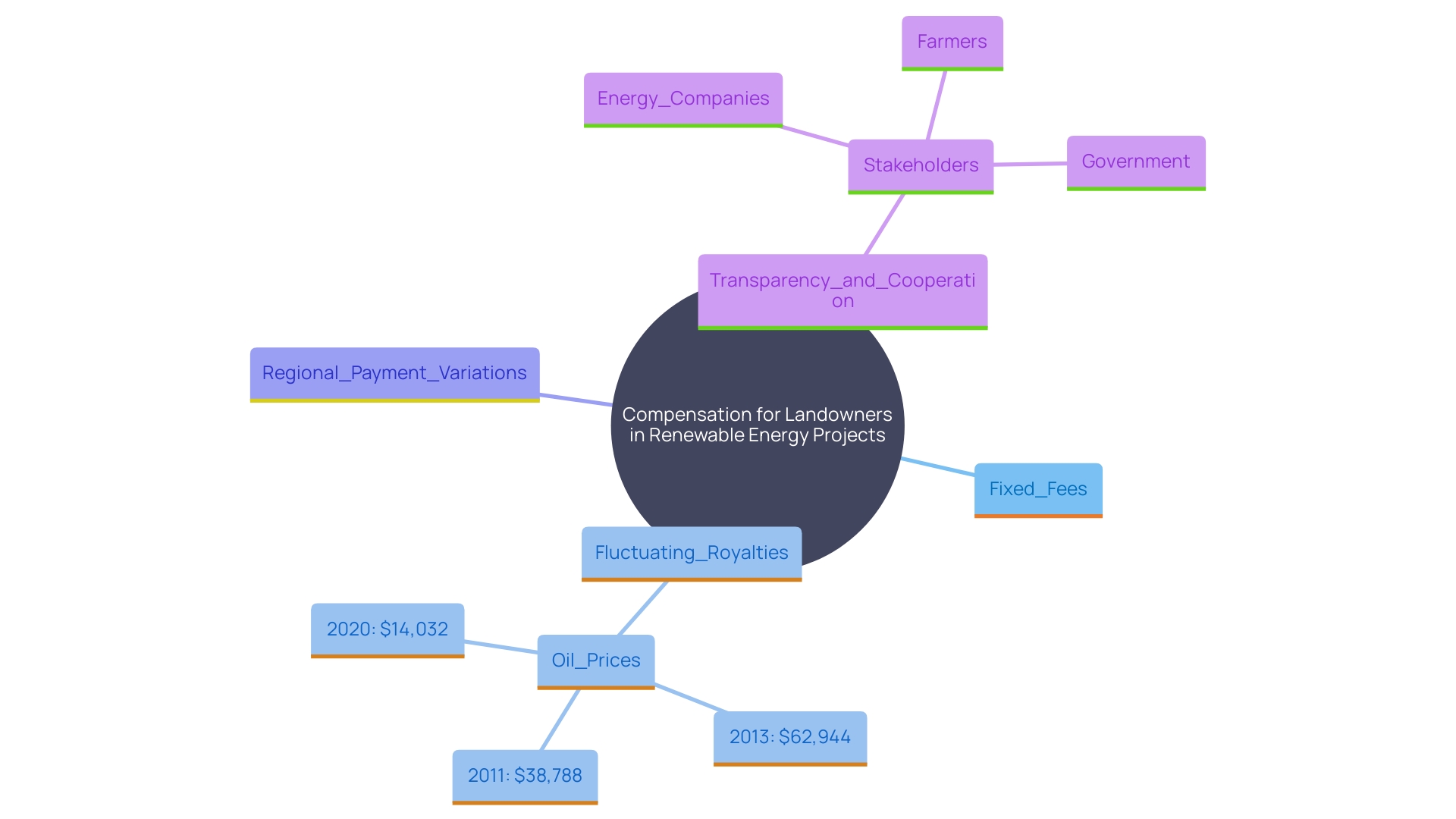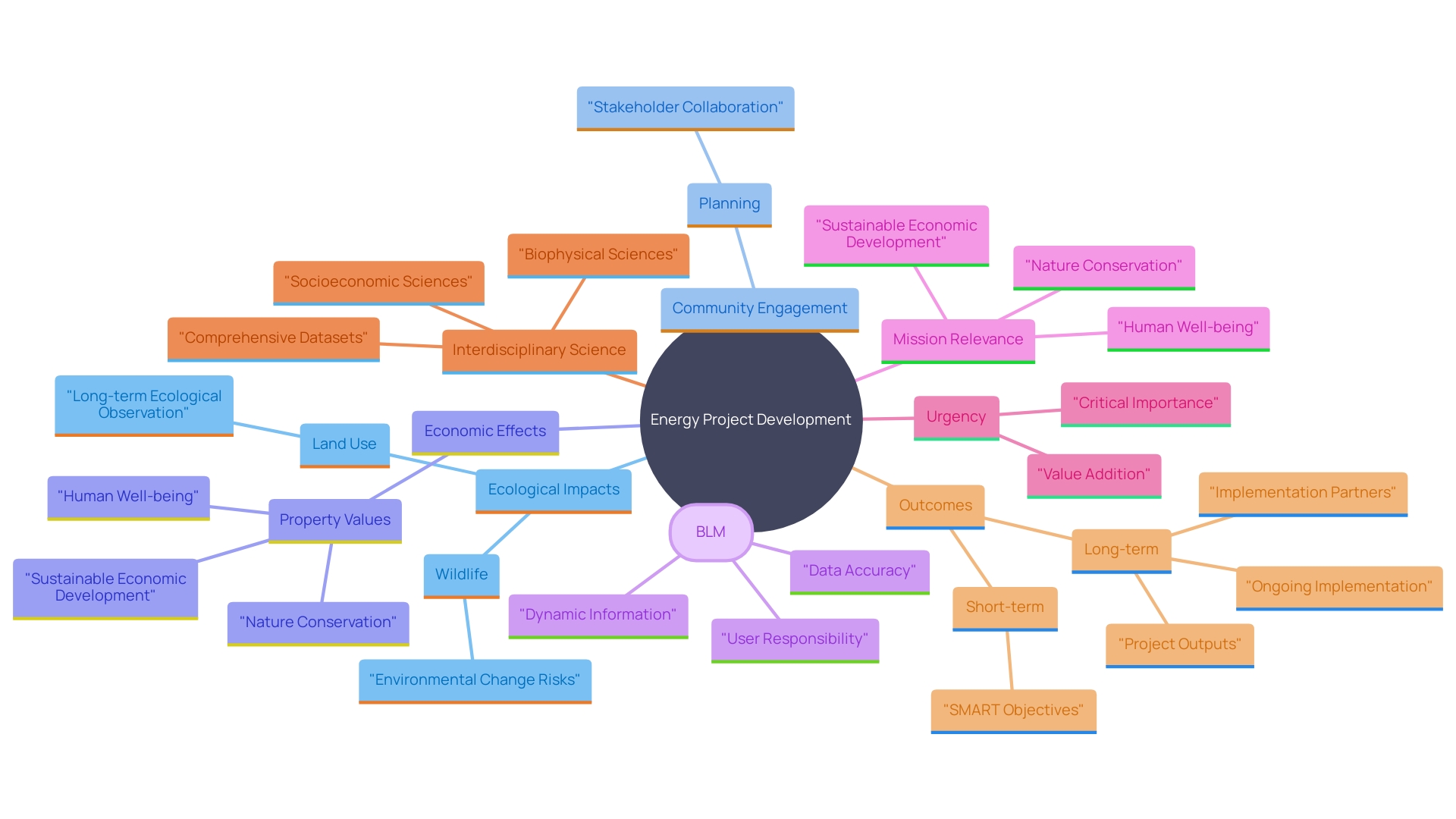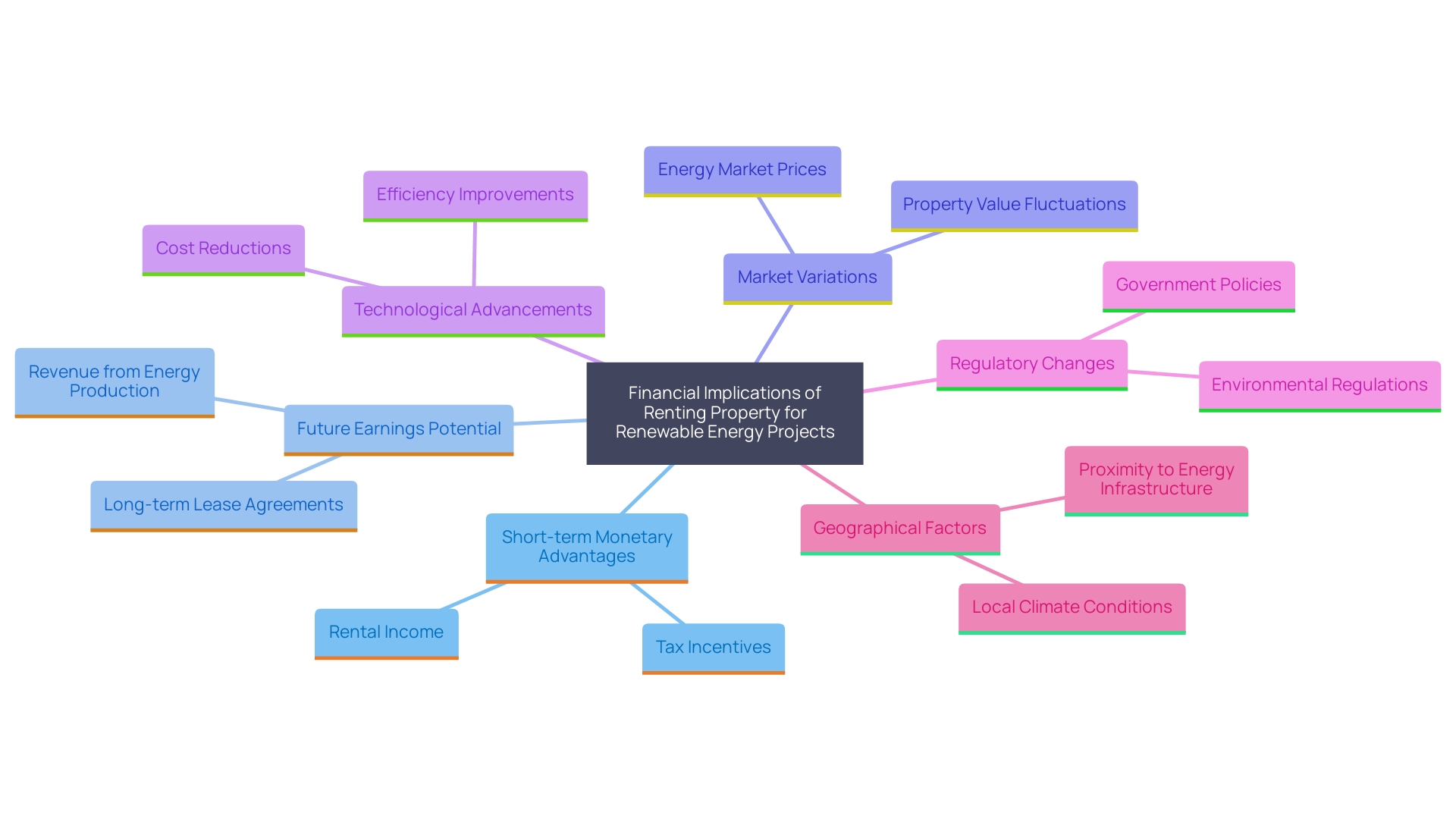Introduction
In the evolving landscape of renewable energy, wind lease structures play a pivotal role in defining the collaboration between wind developers and landowners. These agreements establish the terms under which landowners allow the use of their land for wind energy projects, encompassing various lease models such as fixed-rate leases, profit-sharing models, and hybrid agreements. Each type of lease structure offers unique advantages and disadvantages, influencing the financial returns for landowners and the feasibility of the project.
Understanding these lease structures is essential for making informed decisions that align with the financial goals and risk tolerances of both parties involved.
Furthermore, wind farm leases include several key components such as lease duration, payment terms, land use restrictions, and maintenance responsibilities. These factors must be carefully considered and negotiated to ensure the successful development and sustainability of wind energy projects. Payment structures, lease duration, and land use rights are critical negotiation points that require thorough examination to secure favorable agreements.
Additionally, environmental and community considerations are fundamental, as developers must assess the impacts on local ecosystems and engage with communities to build support for the projects.
The financial implications of leasing land for wind farms extend beyond immediate benefits, requiring a comprehensive understanding of market fluctuations, technological advancements, and regulatory changes. By conducting thorough risk assessments and strategically planning lease agreements, landowners can secure long-term financial benefits while contributing to the growth of renewable energy.
Understanding Wind Lease Structures
Air rental frameworks are essential in outlining the connection between energy developers and property owners. These agreements outline the terms under which landowners allow the use of their property for energy projects involving turbines. It's crucial to understand the different types of rental structures available, such as fixed-rate agreements, profit-sharing models, and hybrid contracts, as each has distinct advantages and disadvantages that affect the financial returns for landowners and the feasibility of the project.
Fixed-rate agreements provide stable revenue for property owners but might not optimize possible profits if the energy project's output surpasses projections. 'Profit-sharing models, in contrast, enable landowners to gain directly from the energy farm's success, aligning their interests with those of the developers.'. However, these models can also introduce variability in income, which may be less attractive to some landowners. Hybrid agreements aim to balance the stability of fixed-rate contracts with the potential advantages of profit-sharing models, offering a middle ground that can be advantageous in specific situations.
The significance of choosing the appropriate rental arrangement cannot be emphasized enough, as it affects not only the financial results for property owners but also the overall success of the wind power initiative. Developers and landowners must carefully consider their options and negotiate terms that align with their respective goals and risk tolerances.
Key Components of Wind Farm Leases
Wind farm agreements generally encompass several critical components: duration, payment terms, land use restrictions, and maintenance responsibilities. Lease durations typically span 20 to 30 years, with renewal options available. Payment terms are diverse, encompassing upfront payments, yearly rental charges, and royalties connected to production. Land use restrictions within the agreement may limit activities on the land, impacting potential alternative uses by landowners.
For example, a research agreement covering almost 15,000 acres off the coast of Maine is anticipated to install up to 12 floating turbines, producing up to 144 megawatts of renewable power. This project will involve extensive studies to evaluate its compatibility with existing ocean uses and its environmental and economic impacts. Such arrangements demonstrate the significance of comprehending and negotiating contract components to align with long-term strategic goals, regulatory requirements, and stakeholder interests.
Furthermore, the financial environment of renewable energy initiatives has been affected by worldwide occurrences, like the COVID-19 pandemic, which interrupted supply chains and heightened the need for essential components. This context emphasizes the necessity for flexible and resilient rental agreements that can adjust to shifting economic circumstances and sustain project viability.
In general, the intricacy of energy project agreements necessitates thorough evaluation of all conditions to guarantee effective and sustainable growth.
Payment Considerations
Compensations to property owners for renting their land for renewable projects usually consist of a combination of set fees and fluctuating royalties determined by power production. This structure is vital for landowners to comprehend in order to evaluate potential income. Regional power costs, the estimated capacity of the turbine facility, and the particular conditions agreed upon in the lease contract are essential elements that affect payment figures. According to the ERS report, utility payments can vary significantly across regions, with the national average being $30,482. For example, payments occur less often and are reduced in the Midwest, averaging $10,953, because of diminished oil and gas output and increased presence of renewable energy. Transparency in payment calculations is essential to foster trust between landowners and developers. As pointed out by specialists, cooperation among private sectors, government bodies, and communities is essential in identifying appropriate land for renewable power initiatives and ensuring local community participation in decision-making processes.

Negotiating Wind Farm Leases
Discussing renewable energy site agreements requires a thorough analysis of several important elements to attain a beneficial arrangement for both sides. Landowners must be well-versed in current market rates and industry standards to negotiate effectively. Seeking legal advice experienced in energy agreements is crucial to navigate the complex terms and conditions.
Key negotiation points include:
-
Payment Structures: Understanding the payment structure is vital, as it can significantly impact long-term financial benefits. Payments can vary widely based on the rental conditions, location, and size of the wind farm.
-
Rental Duration: The length of the rental agreement is another crucial factor. Long-term agreements may provide stable income, but they also tie up the land for extended periods. It's essential to balance the benefits and drawbacks of long-term commitments.
-
Land Use Rights: Clarifying land use rights ensures that the landowner retains control over how the land is used during the lease period. This includes considerations for agricultural use, hunting rights, and access for maintenance and operations.
An example of the intricacy involved in negotiations for energy projects can be seen in the case of Pete Ferrell, who was initially reluctant about permitting a renewable energy installation on his ranch. After being contacted by a company in 1994-95 and informed about the advantages through a visit to a functioning energy site in California, he reevaluated his position, showcasing the significance of being knowledgeable and receptive to new possibilities.
Additionally, recent developments highlight the importance of understanding regulatory and environmental impacts. For example, a suggested energy farm in Tasmania encountered legal obstacles because of its possible effect on the critically endangered orange-bellied parrot. The project was allowed to proceed without a shutdown during the species' migratory season, highlighting the need for thorough environmental assessments and legal preparedness.
Despite challenges such as supply chain disruptions due to the COVID-19 pandemic and rising interest rates, the push for renewable energy continues. Regions in the Northeast are actively pursuing renewable energy projects, highlighting the sector's resilience and the significance of strategic planning in contract negotiations.
In summary, successful renewable energy site lease discussions necessitate a thorough comprehension of the financial, legal, and ecological factors involved. By staying informed and seeking expert advice, landowners can secure agreements that provide long-term benefits while contributing to the growth of renewable energy.
Environmental and Community Considerations
Ecological and societal factors are essential in the creation of energy projects. Developers must diligently assess the environmental impacts of their projects, which include the effects on local wildlife, changes in land use, and the dynamics within the community. The WinMon. BE environmental monitoring program emphasizes the significance of long-term research, demonstrating that substantial alterations in the marine ecosystem endure even fifteen years following the installation of offshore energy turbines. This highlights the importance of prolonged ecological observation to guide data-driven management of energy installations.
Engaging with local communities early in the planning process is crucial to address concerns and build support for the project. A recent study examined 428 energy installations in the United States and approximately 500,000 real estate transactions within five miles of these energy facilities. Ben Hoen from Lawrence Berkeley National Laboratory highlights the significance of offering communities dependable information to make educated choices regarding the development of energy projects. This engagement allows for a better understanding of potential impacts and fosters transparency.
For landowners, it's essential to consider the potential impacts of energy installations on property values and community relations. The research discovered that residential sale values within one mile of a turbine installation often decrease after the announcement and during building but usually recover to pre-announcement amounts within three to five years of the project's functioning. This data helps frame the economic implications for property owners and communities, providing a clearer picture of the temporal impacts of wind farm development.
The Colorado Office's recent findings emphasize the necessity for intelligent and efficient siting and permitting procedures to support the state's ambitious renewable objectives. 'Stakeholders must collaborate to ensure that renewable power projects are developed in ways that benefit local communities while safeguarding wildlife resources.'. This collaborative approach, highlighted by the new Colorado law, underscores the importance of building consensus around renewable energy siting policies and practices to achieve a clean energy future.

Long-term Financial Implications
Renting property for renewable energy projects can have considerable lasting financial effects for property owners. It's crucial to take into account not just the short-term monetary advantages but also the possibility for future earnings depending on the performance of the energy project. Elements like market variations, technological progress in renewable sources, and alterations in regulatory structures can all impact the financial environment over time.
For instance, a recent study discovered that properties within a mile of a proposed energy facility experienced an average decline in value of 11 percent after the announcement of the project. However, this decrease in value tends to dissipate after the project becomes operational. This highlights the importance of understanding the timing and duration of financial impacts.
Moreover, power generation payments to farmers differ greatly by area. The Plains area, which encompasses states with considerable airflow energy generation like Texas and Oklahoma, held the largest portion of agricultural producers obtaining energy compensations, with an average yearly payment of $39,087 from 2011 to 2020. This highlights the significance of geographical elements in assessing possible revenue from turbine leases.
Conducting a thorough risk assessment is crucial for understanding these long-term implications. This includes evaluating the availability of the wind farm, potential penalizations, and incentives, as well as aligning the interests of landowners and maintenance suppliers. Proper adjustment of parameters such as penalization and incentives can help reduce conflicts of interest and ensure a more stable financial outlook for landowners.

Conclusion
Wind lease structures are vital in establishing the relationship between wind developers and landowners, with various lease types—fixed-rate, profit-sharing, and hybrid—each offering distinct benefits and challenges. The choice of lease significantly impacts financial returns and project viability, making thorough negotiations essential to align the interests of both parties.
Key components of wind farm leases, such as duration, payment terms, land use restrictions, and maintenance responsibilities, require careful consideration. These elements shape the financial arrangement and influence landowners' ability to utilize their property for other purposes. As the wind energy sector evolves, adaptable lease agreements are increasingly important to respond to market fluctuations and regulatory changes.
Payment structures typically combine fixed payments with variable royalties based on energy output, making it crucial for landowners to understand these mechanisms to evaluate potential income accurately. Effective negotiation of lease terms is essential for achieving favorable agreements that support long-term financial stability.
Environmental and community considerations also play a significant role in wind farm development. Engaging with local communities and assessing environmental impacts helps build support and ensures sustainable project execution.
In summary, the long-term financial implications of leasing land for wind farms require a comprehensive understanding of market trends and regulatory frameworks. By conducting thorough risk assessments and strategically negotiating lease terms, landowners can secure beneficial agreements that contribute to the growth of renewable energy while protecting their financial interests.




